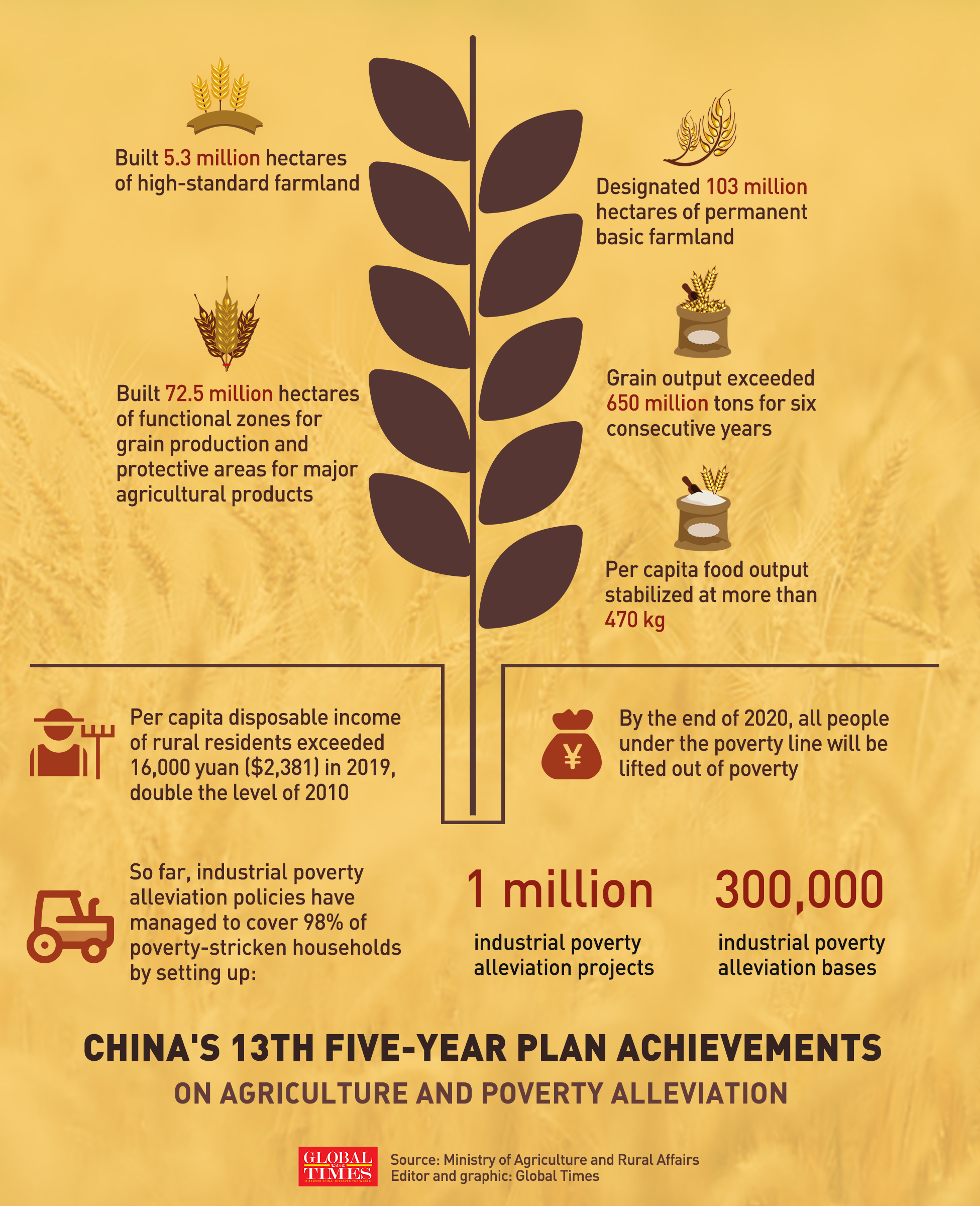Excerpt below:
“Dual Circulation” set to be the defining economic strategy for the new era…
The 14th Five-Year Plan adopts the idea of “dual circulation” as its core concept for future economic growth. The term has been around for several years but now features prominently in policy statements.
There is no official interpretation of the policy and we will need to see how it is put forward in the Plan. What is certain, however, are its desired outcomes.
The overarching economic goal is to transform the old growth model to a more sustainable path, in the context of a much more complex domestic and international environment.
In simple terms, the idea is for China to rely predominately on its domestic system (internal circulation) to drive growth but this will be supported by an international cycle of trade and foreign investment (external circulation).
Domestic circulation is expected to focus on:
- expanding, deepening, and strengthening the domestic demand (consumption) by improving the social safety net, undertaking rural reforms, and generally improving people’s sense of security such that they are willing to spend money; and
- increasing industrial capacity and productivity by focussing on technological innovation to support domestic growth and self-reliance. Self-reliance in this context is not a push for economic independence, but rather a shift towards a managed integration into global markets and economies that enhances China’s development process while allowing it to build its own capabilities and mitigate the risks it sees in a more uncertain global outlook.
External circulation, in the new era, introduces some new concepts. China’s engagement with the global economy has to date been seen through the familiar prism of trade (historically exports but with a more recent focus on imports). It is expected that new policies will emphasise Beijing’s desire to remain deeply engaged in the global economy, but the way in which this takes placed is likely to be reframed.
We can expect that there will be efforts to maintain and enhance China’s support for multilateral trade institutions and a rules-based global trading framework, but with a push for greater recognition of China’s role in the global trading system and renewed emphasis on the adoption of Chinese standards and protocols.
It’s likely that the blockchain, new technologies and digital currencies will be promoted to create more resilient supply chains, Belt & Road 2.0 is likely to appear (perhaps with a new focus on projects that address some of the global health challenges the world faces).
Mega economic regions, such as the Greater Bay Area in southern China, will take a more visible role as regions for piloting new domestic policies and new technologies, as well as connecting China to the world and the world to China.
https://www.lexology.com/library/detail.aspx?g=50083c2e-9e68-4b80-b075-07f20334429f

Image credit - Global Times


No comments:
Post a Comment